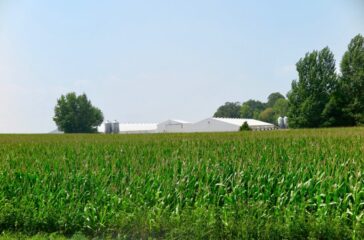Advising farmers on fertilizer, universities add to water pollution woes
By Keith Schneider
WINONA, Minn. – Corn drapes every curve and rise here in Winona County, Minnesota – seemingly endless fields of grain that contribute to the food, fuel and finances of a robust US agricultural economy.
 EWG
EWG